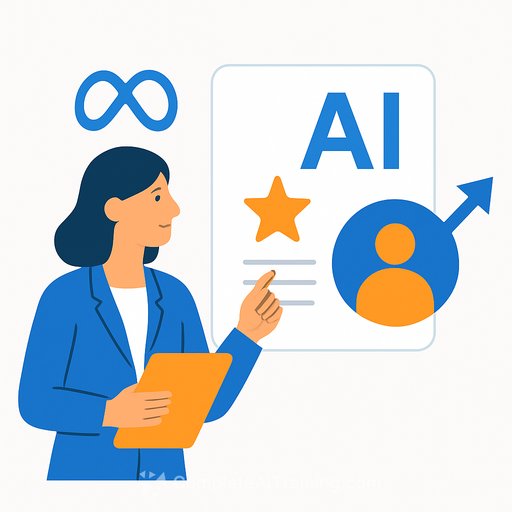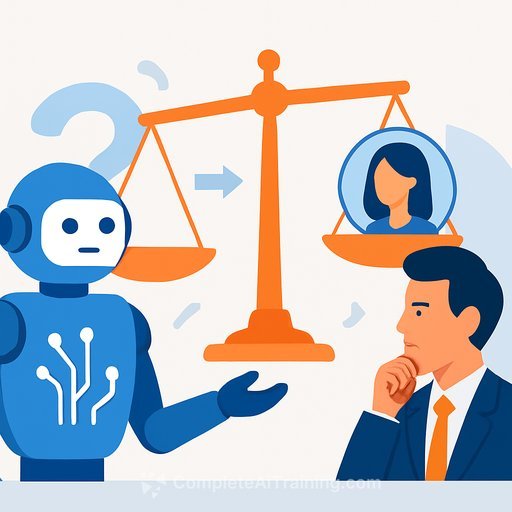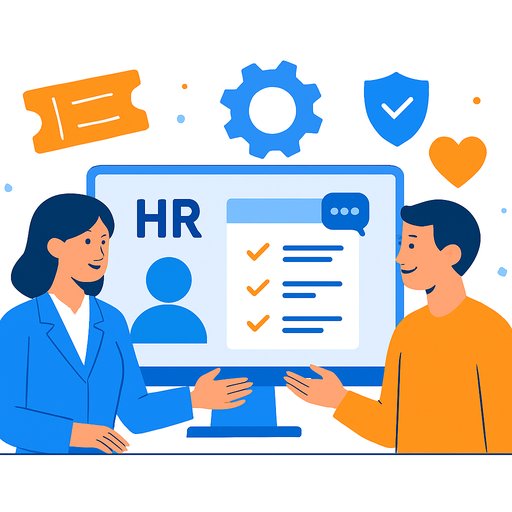IBM’s Bold AI Move: Layoffs Followed by Unexpected Hiring Surge
In 2023, IBM made headlines by laying off nearly 8,000 employees, primarily in its human resources department. The goal was clear: replace routine HR tasks with an AI system called AskHR. This platform manages repetitive duties such as vacation requests, payroll, and employee documentation, aiming to improve efficiency and reduce costs.
AskHR automated about 94% of these tasks, contributing to a $3.5 billion productivity boost across more than 70 job roles. IBM’s leadership saw this as a strategic move aligned with trends seen at companies like Google and Spotify, which are also using AI to streamline support functions.
Unexpected Workforce Growth After Layoffs
Contrary to what many expected, IBM’s total number of employees actually increased after these layoffs. Arvind Krishna, IBM’s CEO, explained that AI freed up resources to invest in other areas requiring human skills.
Rather than simply cutting costs, IBM redirected efforts toward hiring experts in software engineering, marketing, and sales — roles that demand creativity and direct human interaction. This shift highlights a strategy that balances technology with human talent to strengthen the business.
How AI is Changing HR and Work Roles
IBM’s approach shows a broader trend: AI transforms job types rather than just eliminating them. While automation handles repetitive tasks, demand grows for people who can develop, implement, and sell AI solutions.
Other companies face similar challenges. For example, Duolingo had to rehire staff after chatbot reliance didn’t fully meet expectations. This underscores the need for retraining and reskilling employees as AI changes the workplace.
AskHR alone managed over 11.5 million interactions in 2024, boosting customer satisfaction dramatically—from a negative net promoter score of -35 to a positive +74. Still, about 6% of requests needed human intervention, showing AI can’t replace human involvement entirely.
Finding the Balance Between AI and Human Work
IBM’s experience illustrates the careful balance companies must strike when adopting AI. Automation offers significant productivity gains, but workforce transitions require thoughtful management.
As Krishna noted, automation “allowed us to invest more in areas that need human creativity and interaction.” This balance shapes how IBM organizes work across its 270,000 employees, combining AI efficiency with human insight.
For HR professionals, IBM’s story highlights the importance of embracing AI tools while preparing for new types of roles and skills. Investing in training and development will be key to adapting and thriving.
To learn more about AI courses that can help HR teams stay ahead, visit Complete AI Training.
Your membership also unlocks:






